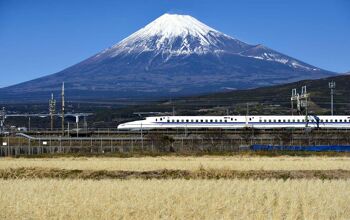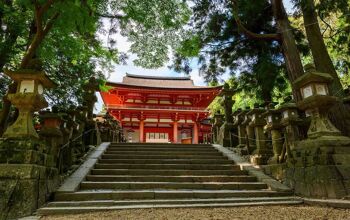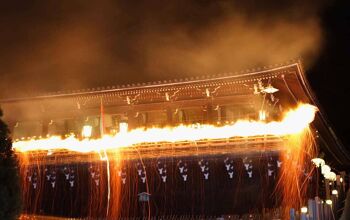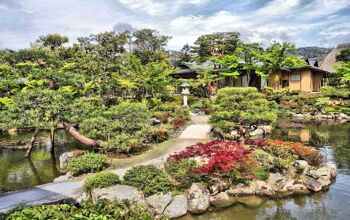Kyoto, Kansai, Japan
Whizzing around Japan at up to 320 km/h, Japan’s world-famous ‘bullet train’ (shinkansen in Japanese) isn’t just quick, convenient and incredibly punctual – a journey on one is a bucket list experience in and of itself.
From the regimented cleaning crews who whip through the train before boarding to make the carriages spotless, through to bowing conductors, it’s a very Japanese affair. It’s very safe too; in 50 years, carrying over 10 billion passengers, there has not been a single injury.
With comfy reclining seats and, in most cases, regular trolley services selling snacks and drinks, it’s also very relaxing – especially if you watch Japan go by from the window while tucking into a bento and sake. Just as importantly, the Shinkansen can get you across large parts of Japan’s main island, Honshu, but also connects to Kyushu out west and Hokkaido up north.
It connects Toyko, Kyoto, Osaka, Nagano and many other major cities. So if you are planning to visit multiple destinations on your trip, make the Shinkansen part of your itinerary.
Adult price: £90
Good for age: 4+
Duration: 2+ hours




